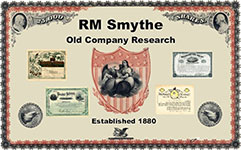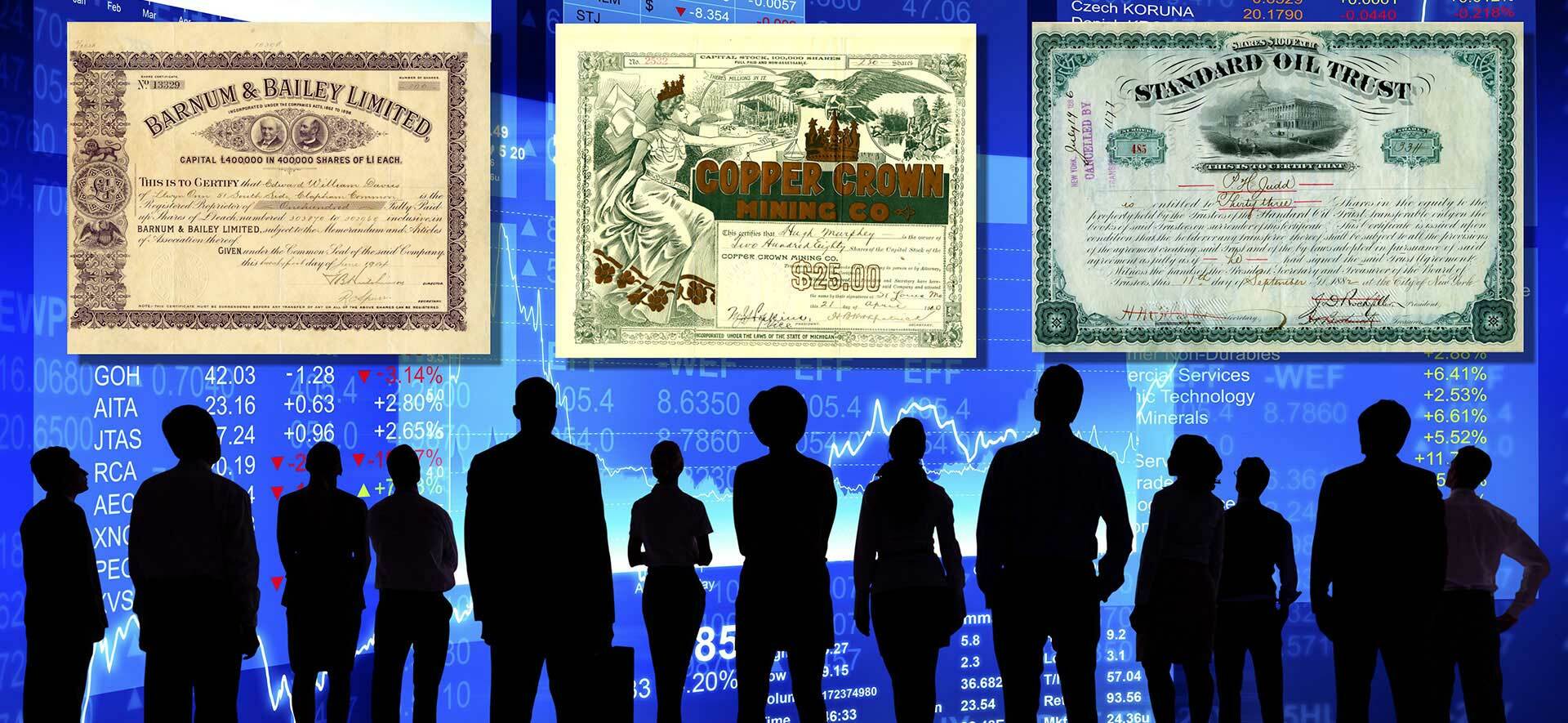Beautifully printed Stock certificate from the Bankrupt Canal Interoceanique de Panama Company issued in 1888 for 400 Francs. This historic certificate has an ornate border around it with a liquidation stamp dated 1889. This stamp gave the purchasers of the bond a priority interest in the event of liquidation similar to a Debtor in Possession (DIP) loan. This also shows Ferdinand de Lesseps name was covered and was replaced with the name of the Trustee. This is an excellent document which has a lot of historic significance. This certificate is over 131 years old looks great framed. 
Liquidation Stamp Among the great peaceful endeavors of mankind that have contributed significantly to progress in the world, the construction of the Canal stands as an awe-inspiring achievement. The unparalleled engineering triumph was made possible by an international work force under the leadership of American visionaries, that made the centuries-old dream of uniting the two great oceans a reality. In 1534, Charles I of Spain ordered the first survey of a proposed canal route through the Isthmus of Panama. More than three centuries passed before the first construction was started. The French labored 20 years, beginning in 1880, but disease and financial problems defeated them. The Geographical Society of Paris organized a committee in 1876 to seek international cooperation for studies to fill in gaps in the geographical knowledge of the Central American area for the purpose of building an interoceanic canal. The committee, a limited company, La Société Civile Internationale du Canal Interocéanique de Darien, was headed by Ferdinand de Lesseps whose signature is printed on these bonds. A congress, the Congrès International d'Etudes du Canal Interocéanique (International Congress for Study of an Interoceanic Canal) was planned to take place in Paris on May 15, 1879, with invitations sent out by the Société de Géographie (Geographical Society) of Paris. The congress believes that the excavation of an interoceanic canal at sea-level, so desirable in the interests of commerce and navigation, is feasible; and that, in order to take advantage of the indispensable facilities for access and operation which a channel of this kind must offer above all, this canal should extend from the Gulf of Limon to the Bay of Panama. In 1903, Panama and the United States signed a treaty by which the United States undertook to construct an interoceanic ship canal across the Isthmus of Panama. The following year, the United States purchased from the French Canal Company its rights and properties for $40 million and began construction. The monumental project was completed in ten years at a cost of about $387 million.

Liquidation Stamp













